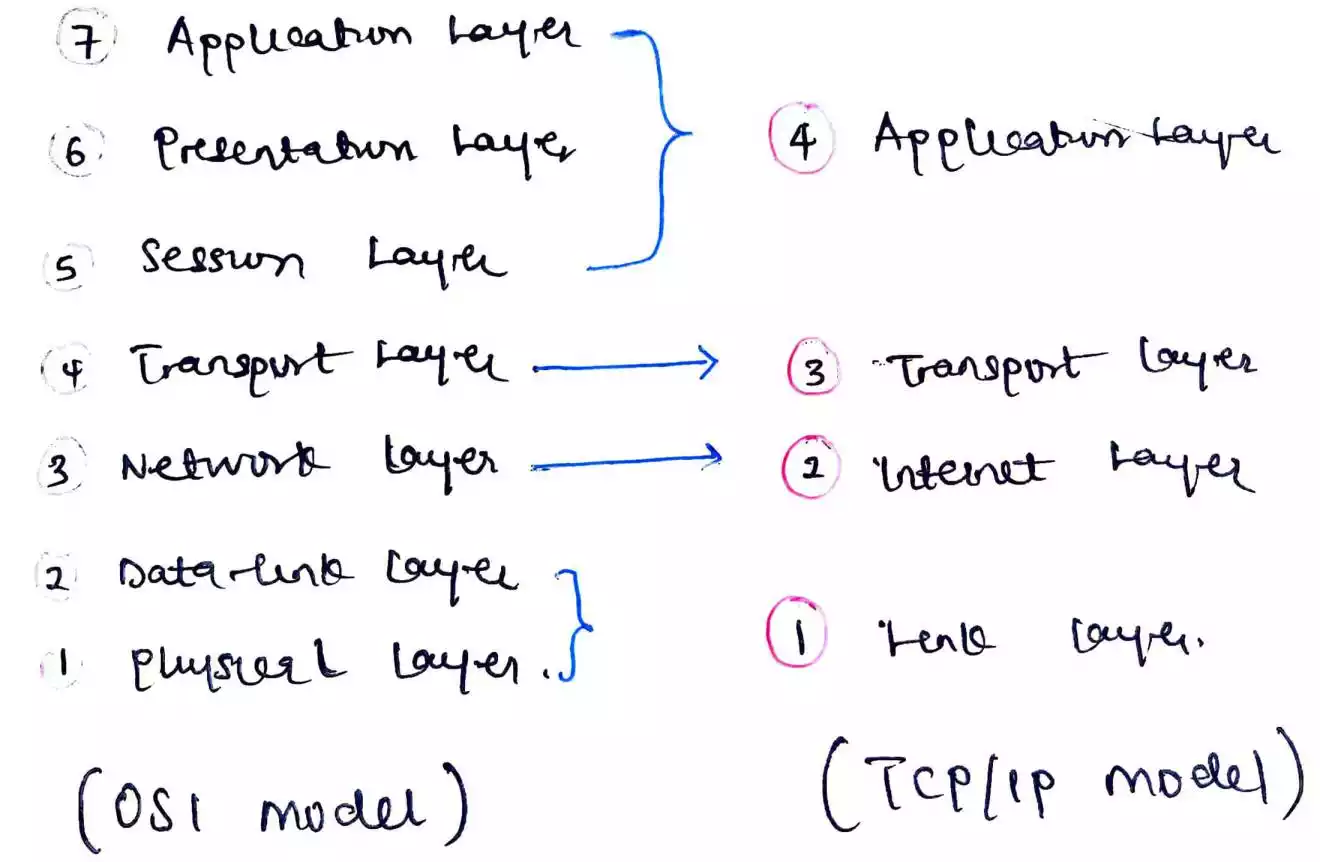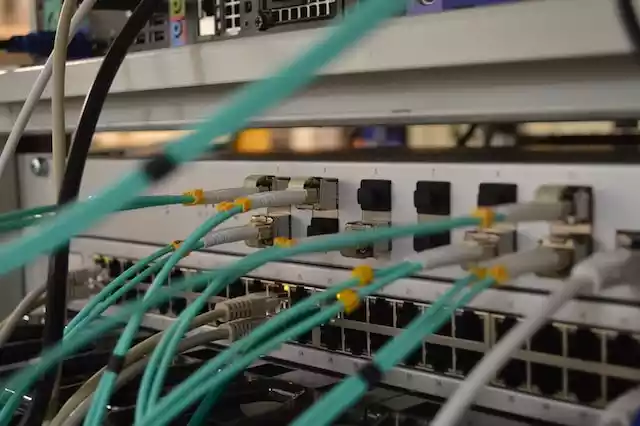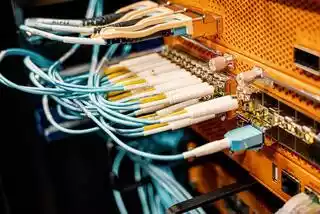Difference Between OSI Model and TCP/IP Model
The OSI (Open Systems Interconnection) model and the TCP/IP (Transmission Control Protocol/Internet Protocol) model are essential frameworks in computer networking.
These models govern how data is transmitted and exchanged between devices within a network.
Although they share a common goal, they differ in terms of structure, layering, and the specific protocols they employ.
In this article, we will explore the nuances of these models, uncovering their similarities and differences.
Table of Contents
The OSI Model
What is the OSI Model?
The OSI Model, developed by the International Organization for Standardization (ISO) in the late 1970s, is a conceptual framework that standardizes the functions of a communication system into seven different layers.
Each layer has a specific role and interacts with adjacent layers to ensure data transmission between devices.
The Seven Layers of the OSI Model
- Physical Layer: This layer deals with the physical transmission of raw bits over the network medium. It defines the electrical, mechanical, and procedural aspects of the network interface.
- Data Link Layer: The data link layer provides error-free transmission of data frames between neighboring network nodes. It establishes and terminates the logical link between nodes, ensuring reliable data transfer.
- Network Layer: The network layer facilitates the routing and forwarding of data packets across multiple networks. It handles logical addressing, packet segmentation, and reassembly.
- Transport Layer: The transport layer establishes end-to-end communication between hosts. It ensures reliable and error-free data transfer, handles flow control, and supports multiplexing and demultiplexing.
- Session Layer: The session layer manages the establishment, maintenance, and termination of sessions between applications. It provides mechanisms for synchronization, checkpointing, and recovery of sessions.
- Presentation Layer: The presentation layer is responsible for data representation and transformation. It translates data formats between the application layer and the lower layers, ensuring compatibility between different systems.
- Application Layer: The application layer interacts directly with the end user or application. It provides network services to applications, including file transfer, email, and remote login.
The Role of the OSI Model
The OSI Model serves as a reference framework for the development of network protocols and technologies.
It allows different vendors to create interoperable (or compatible) networking products by adhering to the defined layers and their functionalities.
Advantages and Disadvantages of the OSI Model
The advantages of the OSI Model include its comprehensive and modular design, which allows for easier troubleshooting, protocol development, and integration of new technologies.
But, one of its main disadvantages is its complexity, which can make it challenging to implement in real-world scenarios.
The TCP/IP Model
What is the TCP/IP Model?
The TCP/IP Model, also known as the Internet Protocol Suite, is a set of protocols used for communication on the internet.
It was developed by the U.S. Department of Defense in the 1970s and is based on the original ARPANET protocols.
The Four Layers of the TCP/IP Model
- Network Interface Layer: The network interface layer handles the physical transmission of data on the network medium. It includes protocols that define how data is transmitted over specific types of networks, such as Ethernet or Wi-Fi.
- Internet Layer: The internet layer is responsible for the routing and forwarding of data packets across networks. It uses IP (Internet Protocol) to provide logical addressing and packet switching capabilities.
- Transport Layer: The transport layer, similar to the OSI model, provides reliable and error-free data transfer between hosts. It primarily uses TCP (Transmission Control Protocol) for connection-oriented communication and UDP (User Datagram Protocol) for connectionless communication.
- Application Layer: The application layer in the TCP/IP model combines the functions of the presentation and application layers in the OSI model. It encompasses various protocols and services used by applications, such as HTTP, FTP, DNS, and SMTP.

Key Differences Between OSI Model and TCP/IP Model
- Number of Layers: The OSI model consists of seven layers, whereas the TCP/IP model has four layers. This difference in layering leads to variations in how the two models approach network communication.
- Protocols Used: While both models have their own set of protocols, the TCP/IP model is the foundation of the internet and is widely used in modern networking. Many internet-based protocols, such as HTTP and DNS, are specific to the TCP/IP model.
- Conceptual vs. Implementation: The OSI model is more of a conceptual framework, providing guidelines and standards for network communication. On the other hand, the TCP/IP model is an actual implementation widely used in practical networking scenarios.
- Complexity: The OSI model is often considered more complex due to its detailed layering and extensive protocol specifications. The TCP/IP model is relatively simpler, making it easier to understand and implement.
Wrap Up
The difference between the OSI model and the TCP/IP model lies in their structure, layering, and protocols used. The OSI model, with its seven-layer framework, provides a comprehensive reference for network protocol development, while the TCP/IP model, with its four layers, is the foundation of the internet.
Understanding these models and their distinctions is crucial for network administrators, engineers, and anyone working with computer networks.
Remember, the OSI model offers a conceptual framework for communication, while the TCP/IP model provides an actual implementation used in practical networking scenarios. Both models have their significance and play vital roles in the world of networking.
FAQs
- What is the main difference between the OSI model and the TCP/IP model? The main difference between the OSI model and the TCP/IP model lies in their layering and protocols used. The OSI model consists of seven layers and serves as a conceptual framework, while the TCP/IP model has four layers and is an actual implementation widely used in practical networking.
- Why are the OSI model and the TCP/IP model both important? Both models are important because they provide a structured approach to network communication. The OSI model serves as a reference framework for developing network protocols, while the TCP/IP model is the foundation of the internet and enables communication between devices on a global scale.
- Which model is more widely used in modern networking? The TCP/IP model is more widely used in modern networking. It is the basis for the internet and is implemented in various network devices and operating systems. Many internet-based protocols, such as HTTP and DNS, are specific to the TCP/IP model.
- Can the OSI model and the TCP/IP model coexist? Yes, the OSI model and the TCP/IP model can coexist. In fact, the TCP/IP model can be mapped to the lower layers of the OSI model. The TCP/IP model’s network interface layer (i.e., link layer) corresponds to the OSI model’s physical and data link layers, while the TCP/IP model’s internet layer aligns with the OSI model’s network layer.
- Which model is easier to understand and implement? The TCP/IP model is generally considered easier to understand and implement compared to the OSI model. Its simpler structure and fewer layers make it more practical for real-world networking scenarios.
- Can the OSI model and the TCP/IP model be used interchangeably? While the OSI model and the TCP/IP model have similarities and some overlapping concepts, they are not interchangeable. The TCP/IP model is the de facto standard for internet communication, while the OSI model is more of a conceptual framework. However, knowledge of both models is beneficial for understanding network protocols and communication principles.




